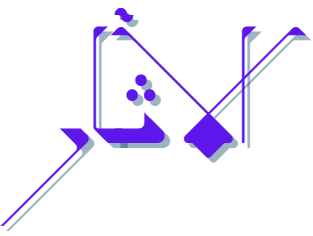Psychological Frontiers: Hemingway’s For Whom the Bell Tolls and The Old Man and the Sea Through a Jungian Lens
Abstract
This study explores the psychological depth of characters in Ernest Hemingway’s novels For Whom the Bell Tolls and The Old Man and the Sea using Carl Jung’s psychoanalytic theory. Hemingway’s characters often face emotional and mental struggles that reflect deeper layers of the human mind. These struggles, called psychological frontiers, are moments where individuals confront their hidden thoughts, feelings, and fears. The purpose of this study is to understand how Jung’s major concepts such as the collective unconscious, archetypes, persona, shadow, anima/animus, and individuation appear in these novels. Using a qualitative method based on close textual analysis, the research shows how these Jungian ideas are present in the main characters’ inner conflicts and relationships. The findings suggest that both protagonists undergo personal growth and transformation, following a journey of self-discovery. This study helps readers see Hemingway’s characters not just as individuals, but as examples of universal psychological experiences.



































